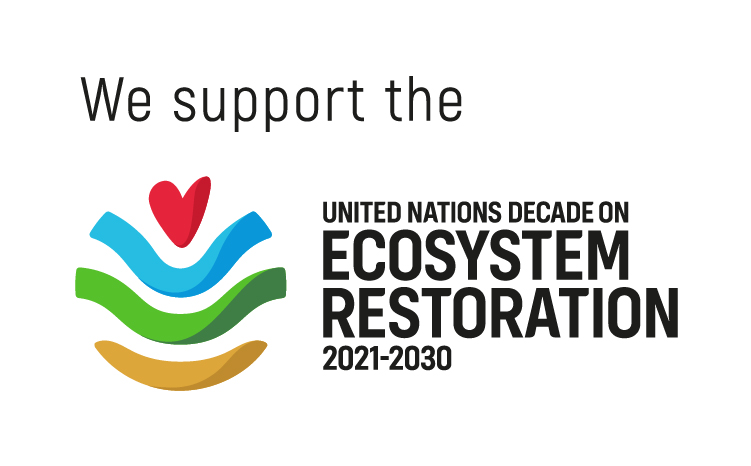Trees for Himalayan Forests
Pakyong, Sikkim, India
Project Adopted by ADS Group for FY 2017-18
Project Purpose
Trees for the HimalayasLocation

The plantation of 15,000 trees is being done in Pakyong, East Sikkim, located in the foothills of the Himalayas. The region shares borders with Bhutan and Tibet.

Enhancement of
Biodiversity

Carbon Sequestration

Promotion of
Ecotourism

Plantation of
Herbal Trees

Increase in
Green Cover

Generation of
Rural Employment
Why Trees?
Sikkim, against the backdrop of the Himalayas, has a rich and dense variety of flora and fauna which is under the threat of being depleted because of large-scale infrastructure development in the State. 15,000 trees planted in the areas hit by deforestation, either due to natural or man-made causes, aim to revitalize the state's former green reputation and protect the varied species of animals that are unique to the Sikkim ecosystem.
India owns two biodiversity hotspots, namely the Western Ghats and Eastern Himalayas. Sikkim covers just 0.2% of the geographical area of the country but is teeming with a variety of biodiversity.
Sikkim is a hilly state with deep valleys and several altitudinal zones, thus climate varies from hot tropical valleys to alpine cold. The State is endowed with rich floral and faunal diversity. The forests abound in a variety of medicinal plants, herbs, shrubs, bamboo, and trees growing abundantly but a majority of the high-altitude plants that grow here are rare and endangered species.
Tree Species
Englehardtia spicata (Mahuwa), Macaranga nepalensis (Malata), Acer campbelli (Kapasi), Duabanga sonneratoides (Lampatey), T. myriocarpa,Terminalia alata, Symingtonia populnea, Bischofnia javanica.
Social Impact
The plantation proposed is of the indigenous species available in the area which would have a positive impact on the floral biodiversity and will improve the habitat for the fauna of the area. It is expected to generate more than 1,200 employment workdays for the local communities. The plantation of trees will help regulate the flow of water from the mountains to people who live downstream, this would avoid flooding in the strong monsoon season.
Since the proposed area is Reserve Forest, the likely social impact would be in terms of indirect benefits like increased carbon sequestration due to improvement in forest cover, increased soil-moisture conservation, etc.
Trees planted here will also incentivize eco-tourism practices in an ecologically fragile region of India in Sikkim that are home to the Himalayas with a rich diversity of wildlife and good breeding grounds for rare species of plants and trees, which are the forefront of green tourism.









